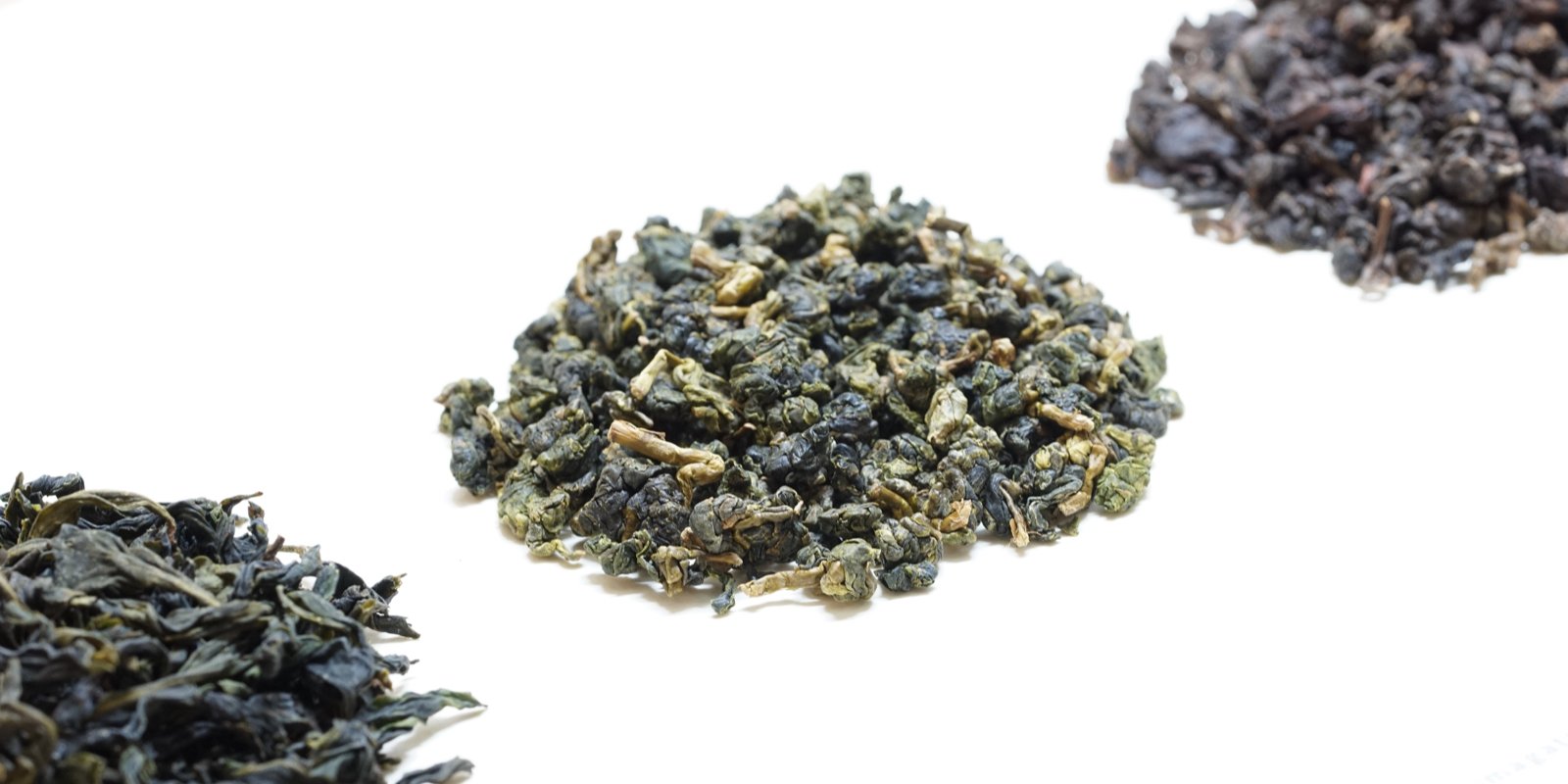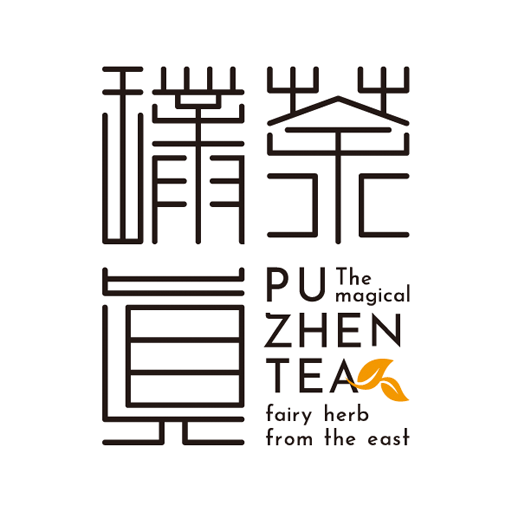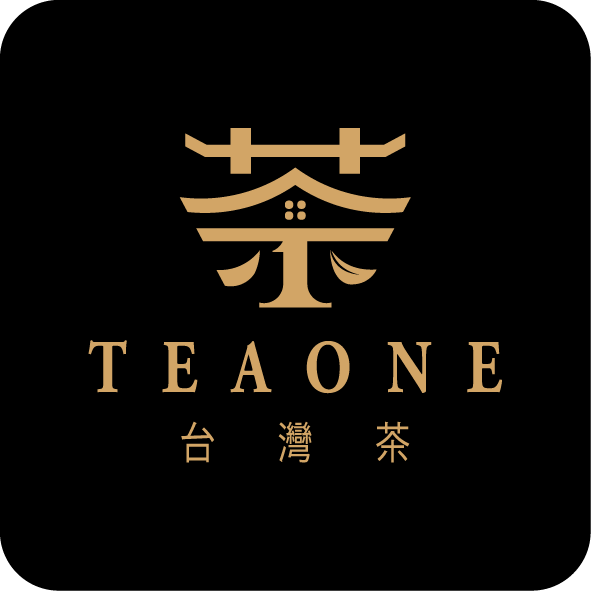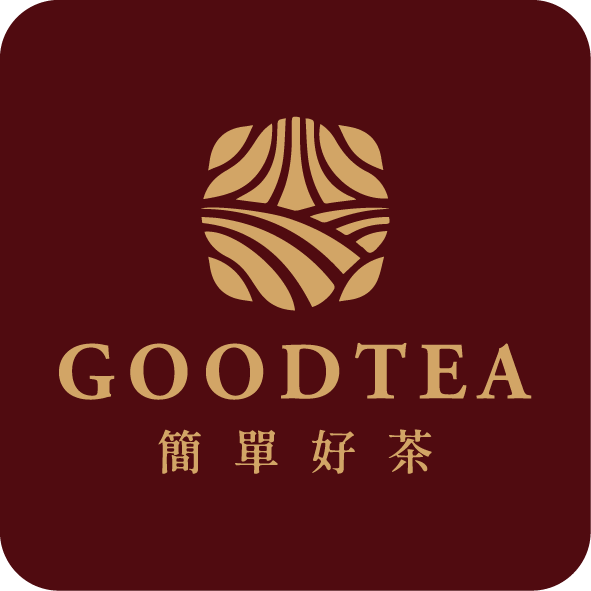Every time we drink tea, we often notice that some tea leaves are rolled into strips, while others are formed into balls. Why is that? This is definitely not just for aesthetic purposes. Today, let`s talk about the origin of Taiwanese oolong tea. By understanding the origin of oolong tea, we can recognize its appearance. It`s neither green tea nor black tea. It`s the most readily available tea in Taiwan and the most confusing type for many. Tea, wine, and coffee are the three major beverages in the world, and Taiwan is famous for its oolong tea. So, what exactly is oolong tea?
Oolong tea can be defined in two ways: it`s both a variety and a processing method. For those less familiar with tea, oolong tea might be the dark, slightly bitter drink served at the dinner table or the brown canned tea found in convenience stores. It might also be the intense liquid brewed in a purple clay teapot by one`s grandfather. These are many people`s first impressions of oolong tea. Simply put, oolong tea is tea leaves produced through a partially oxidized fermentation process. Tea made using non-oxidized processing methods is called green tea, while tea made using fully oxidized processing methods is called black tea. To use bananas as an analogy, green tea is like a green banana, oolong tea is like a yellow banana with some black spots, and black tea is like a fully blackened banana.
Taiwanese oolong tea is famous for varieties such as Taipei Wenshan Baozhong tea and Dong Ding oolong tea, earning the title of “Baozhong in the North, Dong Ding in the South.” Its production techniques originated in China. In the world, oolong tea originated from the Fujian and Guangdong regions of China, where it can be divided into Northern Fujian oolong, Southern Fujian oolong, and Chaozhou oolong. Northern Fujian oolong is represented by Wuyi Rock Tea, with Da Hong Pao being the most famous. Southern Fujian oolong is represented by Anxi Tie Guan Yin. Chaozhou oolong includes Phoenix Dancong. Each of them has its own unique flavor characteristics, but they all share the core processing technique of partial fermentation. Due to geographical differences, their final appearances vary.
The origin story begins with Northern Fujian oolong. During the Southern Tang dynasty (933 AD), tea production began on Phoenix Mountain in what is now the Jian`ou area, known as the Beiyuan Imperial Tribute Tea Garden, producing tribute tea. After the Southern Tang dynasty was overthrown by the Song dynasty, the Beiyuan Imperial Tribute Tea Garden became the imperial tea garden of the Song emperors, producing teas such as Longfeng tea and Longfeng tuanbing. This was mentioned in Emperor Huizong of Song`s “Treatise on Tea” (“Da Guanchaolun”). At that time, there were already some Wuyi teas included in the tributes, which helped Wuyi tea gain fame. By the Ming dynasty, tribute tea gardens began shifting their focus to the mountainous regions of Wuyi. Beiyuan tea was tributed during four dynasties (Five Dynasties` Min and Southern Tang, both Song dynasties, Yuan, Ming). Wuyi tea was tributed during three dynasties (Yuan, Ming, Qing). The processing technique for tea at that time was non-oxidized green tea. Lu Yu`s “Classic of Tea” (“Chajing”) discusses green tea. It wasn`t until the Yongzheng era of the Qing dynasty (1725 AD) that partially oxidized processing techniques began to develop, leading to oolong tea. There is a lot of information online stating that, according to the “Annals of Anxi County” in Fujian Province, “In the third year of the Qing Yongzheng era, the people of Anxi were the first to invent the method of making oolong tea, which later spread to Northern Fujian and Taiwan.” However, after careful examination, no such information was found in the Annals of Anxi County. The only information found in the Annals of Anxi County is in Volume One, the “General Discussion of Rui Zhang”: “Tea is a fine product of the southern region, with leaves like gardenia and flowers like white roses, and its fruits are like palm seeds. The finest teas are produced in Jianzhou, Beiyuan, Xianchun, and Longbei, as well as in Shuangjing and Mengding in Hongzhou, all of which produce excellent tea. Purple is the best, followed by green; the best are the shoots, followed by the buds. The best time to pick tea is before the Qingming Festival, around April 6th. From this information, it can be inferred that this passage describes green tea, as the optimal time for picking oolong tea leaves is around the Grain Rain period, around April 20th. This passage only mentions that Anxi produces tea and does not mention the production of oolong tea.
According to legend, the manufacturing process of Baozhong tea in Beiyuan initially led to some tea leaves being left unprocessed for a long time, resulting in fermentation and the discovery of their unique aroma. According to historical records, the “Continuation of the Classic of Tea” (1717-1720) mentions the manufacturing method of oolong tea, including sun-drying, fermentation, and roasting processes, which are similar to the current methods used for Wuyi rock tea in China. The oolong tea production process originated in Wuyi and then spread to Anxi. From the appearance of tea leaves, it can be observed that Tie Guan Yin from Anxi is tightly rolled into ball shapes, while Wuyi rock tea is in strip shapes. There is no documented reason for this difference, but according to research, the change in the shape of tea leaves is related to “tigers.” The Anxi County annals record numerous disasters caused by tigers, describing them as creatures that roam the mountains, causing havoc with their claws and fur. Anxi is known to have a dense tiger population, and the people of the region faced difficulties due to tiger attacks. If the tea production process in Anxi initially followed the same methods as those in Wuyi Mountain, the resulting tea leaves would have been quite large in volume. Since tea is often grown in mountainous areas, transporting it to urban areas for sale would have been challenging, especially while avoiding tiger attacks. Therefore, reducing the size of the tea leaves would make transportation easier. According to experience, reducing the size could more than double the volume, providing a reasonable explanation for why Anxi tea is spherical in shape.
Lastly, let`s talk about Fenghuang Dancong from Chaozhou, Guangdong. It is characterized by its unique floral aroma, with tea leaves appearing in straight strip shapes. It is called “Dancong” because each batch of tea leaves comes from a single tea tree, and each tree has its distinct flavor, such as honey orchid fragrance, duck droppings fragrance, heavenly fragrance, and Song cultivar.
Moving on to Taiwan, it was mentioned earlier that Taipei Wenshan Baozhong tea and Dong Ding oolong tea are the most famous. The oolong tea production process in Taiwan originated from Fujian, China. Wenshan Baozhong tea is in strip shapes, and its method is derived from the Wuyi tea production process in Northern Fujian. According to historical evidence, in 1885, two people from Anxi, Wei Jingshi and Wang Shuijin, introduced the strip-style oolong manufacturing method in Taipei. Wang Shuijin produced tea similar to Wuyi rock tea, which, after roasting, had a stronger flavor, known as the Wenshan-style manufacturing method, which is now lost. Wei Jingshi improved the manufacturing method, producing a tea with a clear fragrance that was well-received, known as the Nangang-style manufacturing method, which forms the basis of the current Wenshan Baozhong tea production process.
As for the name “Baozhong,” it can be broken down into “Bao” and “Zhong.” “Bao” refers to wrapping the tea leaves in paper, and the method of packaging tea leaves is also a science. However, for the sake of convenience and food hygiene, the tea is usually first packed in aluminum foil bags and then wrapped in paper. Many retro packaging designs nowadays adopt this method. “Zhong” refers to the Qingxin oolong tea variety, which is known by different names in different regions of Taiwan. It is called “Zhongzi” in Taipei and “Ruanzhi oolong” or “Qingxinzi” in Nantou. The most common name is simply “oolong.” This oolong refers to the tea tree variety and is often confused with the name of the oolong tea production process. Therefore, Baozhong tea refers to Qingxin oolong tea wrapped in paper.
As for Dong Ding oolong tea, its appearance is spherical or semi-spherical, also known as semi-spherical Baozhong tea. “Semi” implies closeness. If the tea leaves were truly rolled into perfect spheres, the production time would be very long, and it might lead to overly tight rolling, preventing the tea leaves from unfurling during brewing, resulting in an undesirable taste. From the shape of Dong Ding oolong tea, it can be inferred that its production process originated from Anxi. According to historical records, between 1939 and 1941, Wang Taiyou and Wang De introduced the “tuannian” (rolling) technique from Anxi to Nantou. It was during this time that Dong Ding oolong tea gradually evolved into its semi-spherical appearance, with a delicate tea production process that included roasting. From around 1980, high-mountain tea became popular, and tea producers adjusted the production process for Dong Ding oolong tea, removing the roasting step to preserve the tea`s freshness and flavor.
The shape and production process of Taiwanese tea change in the following sequence: roasted strip shape > fragrant strip shape > roasted semi-spherical shape > fragrant semi-spherical shape. The roasted strip shape was the predecessor of Wenshan Baozhong tea but has been lost. The fragrant strip shape is currently the mainstream of Wenshan Baozhong tea. In 1929, Japanese individuals Tanimura Ainosuke and Inoue Fusahou believed that the appearance of Wenshan Baozhong tea was rough and not beautiful, lacking weightiness and stability. Therefore, they changed the shape of the tea to a semi-spherical shape to enhance its market competitiveness. Dongding Oolong tea and Muzha Tieguanyin were developed in this way.
How did the roasted semi-spherical shape evolve into the fragrant semi-spherical shape? Between 1976 and 1985, the Lugua Township Farmers` Association held competitions for excellent Dongding Oolong tea. Wu Zhenduo, the chief judge, was the director of the first Tea Improvement Institute. Mr. Wu found that Dongding Oolong tea focused on roasting and aftertaste, making it easily confused with Muzha Tieguanyin. Therefore, he promoted the production method of fragrant Oolong tea, emphasizing the sweet and floral fragrance of the tea. Later, high mountain tea adopted the method of producing fragrant Oolong tea, which was greatly appreciated by the market.
Dongding Oolong tea and Muzha Tieguanyin are distinct types of tea. The reason for the difficulty in distinguishing them is usually due to incomplete production processes. Muzha Tieguanyin is known for its “Tieguanyin rhyme,” which combines the slightly sour taste of citrus with a metallic sensation. The “metallic sensation” is similar to licking the positive and negative poles of a 9V battery with the tongue, resulting in a slightly acidic and tingling feeling. Dongding Oolong tea is characterized by its strong aftertaste and sticky rice aroma. The strong aftertaste means that even a few hours after drinking, the sweetness of the tea can still be felt in the mouth. The sticky rice aroma, also known as “printing mud flavor,” is produced by the sufficient fermentation of the tea leaves combined with roasting. How does the sticky rice aroma smell? It is similar to the aroma when opening the lid of a pot of cooked rice. The “printing mud flavor” refers not to modern quick-drying printing ink but to the traditional ink made from cinnabar.
Above is a complete introduction to the origin of Taiwanese Oolong tea. Thank you, everyone.







Leave a reply